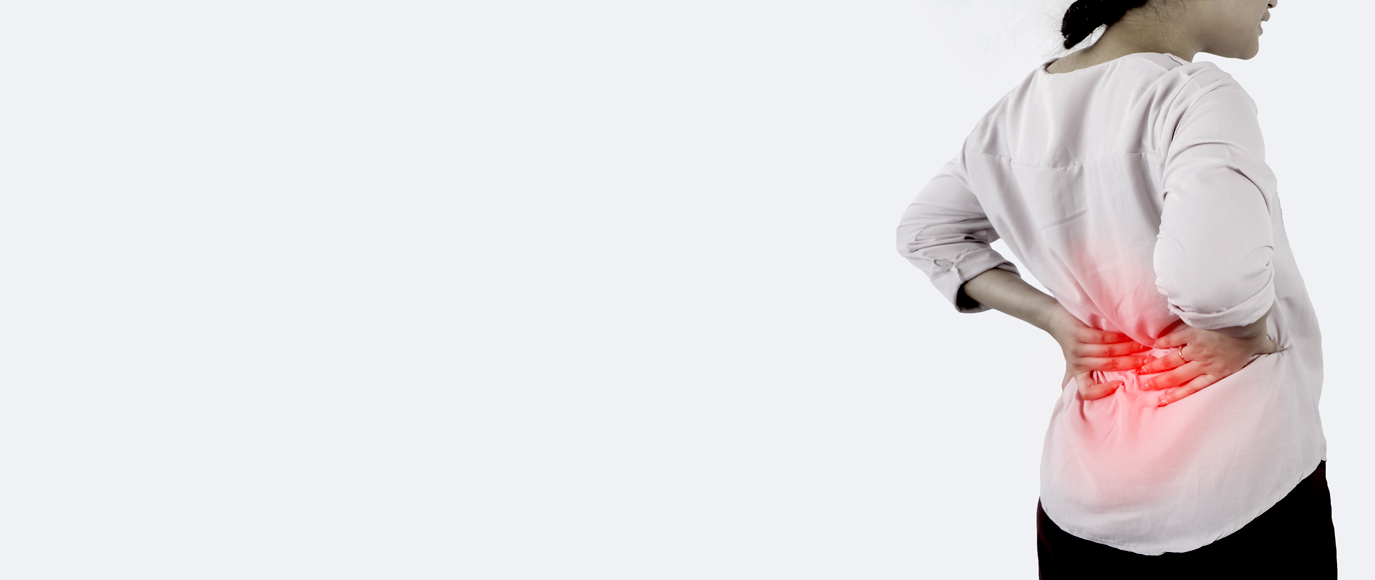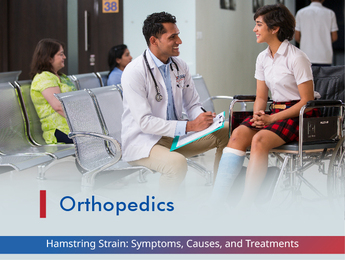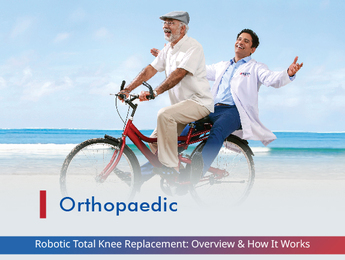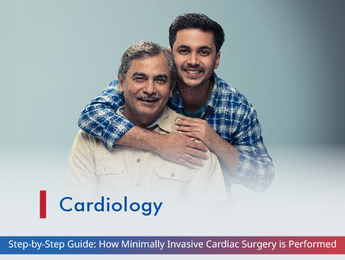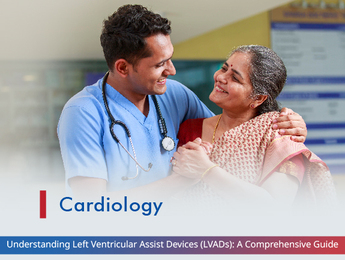Low back consists of important structures, the knowledge of which is essential to understand the origin of low back ache. These structures are five vertebral bodies with intervertebral discs, nerves, and adjacent joints and muscles. Other structures which are of concern are blood vessels and ligaments.
This article provides an overview of low back pain, its causes, diagnosis and treatment options.
Low back pain is common ailment that affects people of all ages and demographics. The back pain can be either acute when it is recent and sudden in onset. The pain is considered chronic when it is long standing.
What are the causes of low back pain?
- Herniated discs also known as slipped disc or prolapsed disc
- Spinal stenosis: this is narrowing of the space in spine and resultant entrapment of nerves
- Spondylolisthesis: In this condition, one vertebra slips over the adjacent vertebra and causes neural compression
- Musculoskeletal issues: these are usually in form of muscle strain, ligamental sprain or joint dysfunction
- Other reasons for low back ache are infections, tumors, fractures
What are the risk factors that increase the risk of developing low back pain?
- Age: As the age advances there is wear and tear in joints of spine. Generally, this is known as spondylosis. Younger age group develops back pain due to poor posture and repeated weight lifting.
- Sedentary lifestyle: core muscles are essential for maintain posture and integrity of the vertebral column. Sedentary lifestyle weakens the core muscles and can lead to back pain. In fact, core muscle strengthening exercises are mainstay in treating back pains.
- Poor posture: With advancement in digitization and work from home culture, poor sitting posture has opened an all-new arena of back pain. Sitting in one posture for prolonged periods and poorly ergonomically built chair aggravates back ache.
- Obesity: excess weight puts the joints under undue additional stress. This leads to increased back ache.
- Smoking: nicotine restricts blood flow to the spinal structures and lead on to degeneration and pain. In addition, nicotine has shown to delay healing of spine post surgery.
How is the back pain diagnosed?
- Listening to the patient’s history: the most important part in the exercise of diagnosing reason for back pain is to carefully listen to the patient. Past history of falls, contact sports, gymnastics and any other physical stress on spine gives fairly good idea about the cause of back pain. Occasionally pain in legs due to reduced blood flow mimics back pain due to spinal cause. Again listening to patient’s story gives necessary clues so as not to miss the diagnosis. There have been times when back pain has been due to other unrelated structures like pelvic inflammatory diseases, renal stones, gynecological reasons. In conclusion patiently listening to patient and analyzing the symptoms provide necessary action plan in successful management of the pain.
- Physical Examination: Thorough examination of the patient from head to toe is essential to narrow down on the possibilities of causes of back pain. This also is essential to conclude as to the part of the spine which requires further evaluation by imaging. At times one may find associated abnormalities during examination like developmental or genetically inherited tumors causing back pain and deformities of spine.
- Imaging: once history taking and examination is done, the spine surgeon concludes as to the region of spine to be imaged so as to make final diagnosis. MRI scan of lumbar spine is the most common radiological investigation ordered. This provides details regarding nerves, muscles, discs and alignment of the vertebrae. MRI scan also provides necessary details about biomechanics of spine and helps in deciding type of treatment to be instituted. At times MRI scan requires administration of contrast material so as to define the pathology like tumor or infection. It is a common misconception that MRI alone is sufficient in management of back pain. Dynamic X ray of lumbar spine provided very crucial insight in to stability of spine. In case of any instability, the treatment plan may require necessary amendments so as to achieve desired results.
- Bone mineral densitometry: This test is performed to assess the quality of bone and decide on certain aspects of spine surgery.
- Nerve conduction studies: MRI scans and X ray of lumbar spine provide necessary information regarding the spine. The health and functions of the nerve from spine onwards is studied by nerve conduction studies. This investigation may be required in case there is a doubt of pain originating from peripheral nerves.
